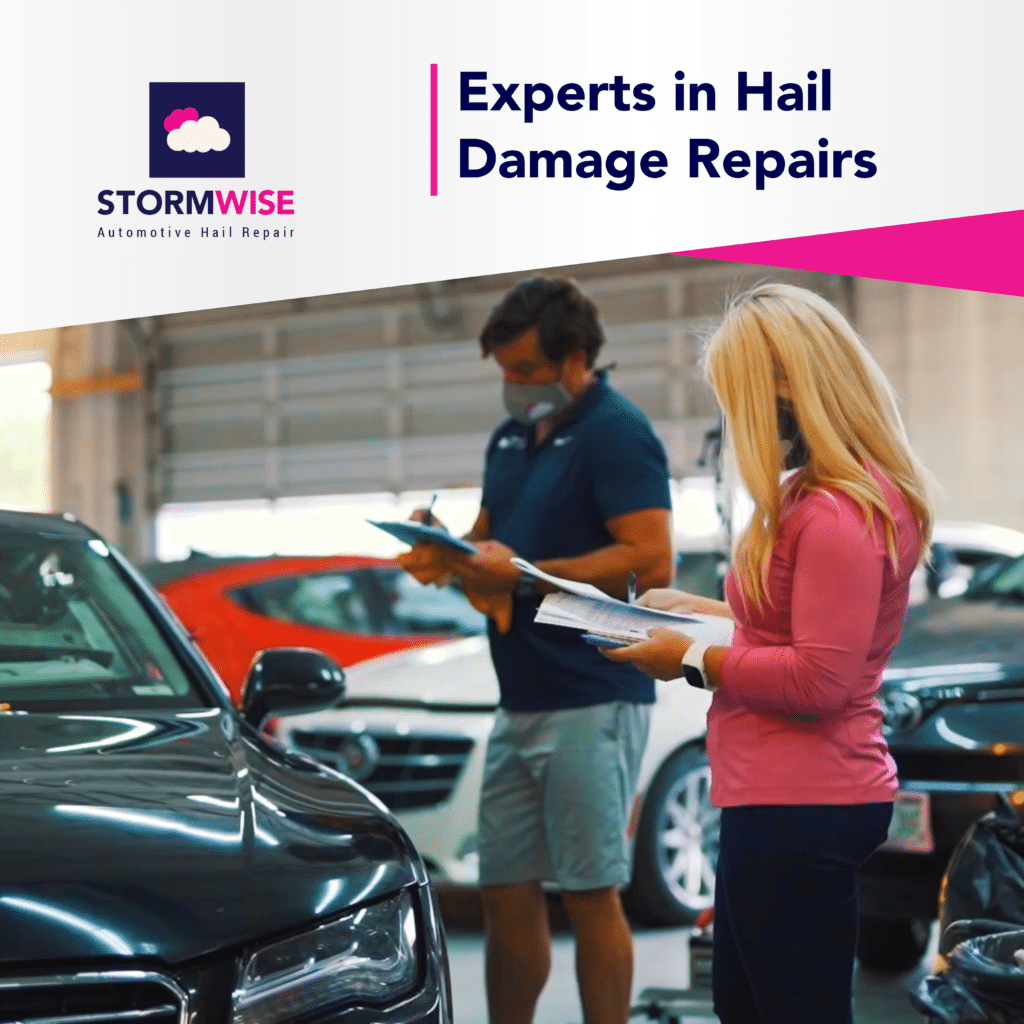When it comes to the safety and integrity of your vehicle, frame damage lurks as a silent threat that could compromise everything you value about your ride. In an era where modern cars are predominantly crafted with unibody construction, the stakes have never been higher for discerning car owners, especially after a collision.
We’re diving deep into the world of frame damage to reveal the signs you need to watch out for. Don’t let the hidden perils of frame damage catch you off guard—stay ahead with our groundbreaking guide.
What is a Car Frame?
Car frames come in two primary types: body-on-frame and unibody. Body-on-frame construction, used in trucks and some SUVs, involves bolting the vehicle’s body to a rigid frame. Unibody construction, which is more common in modern cars, integrates the frame and body into a single structure, offering weight savings and improved safety through engineered crumple zones.
What Is Frame Damage?

Frame damage refers to harm to a car’s structural components, often called its chassis or skeleton. This can include the traditional ladder frame in body-on-frame vehicles or the integrated unibody structure found in modern cars. Damage can range from minor dents or bends to severe warping that compromises the car’s ability to safely support its weight and absorb impact during a collision.
Causes of Frame Damage
Frame damage can occur due to a variety of reasons, including:
- Collisions: Accidents, even at low speeds, can deform the chassis or unibody structure.
- Off-Road Driving: Driving over uneven terrain, rocks, or tree roots can bend or crack the frame.
- Rear-End Impacts: Hard impacts from behind can warp the rear chassis or crush its components.
- Towing Overloads: Excessive weight while towing can stress and bend the vehicle’s frame.
- Corrosion: Over time, rust can weaken and deteriorate the structural integrity of the frame.
5 Signs Indicating Your Car Frame is Damaged

Frame damage can seriously affect your vehicle’s safety, handling, and performance. Paying attention to these signs early can help you avoid costly repairs and ensure your vehicle remains roadworthy. Watch for these key indicators:
1. Visible Signs
- Cracks, Bends, or Warping: Look for deformities in the undercarriage or along the edges.
- Rust or Paint Damage: Corrosion or peeling paint near the frame can signal structural issues.
- Misaligned Panels or Gaps: Uneven spacing in doors, hood, or trunk often indicates a shifted frame.
2. Driving and Handling Issues
- Pulling or Drifting: The car veers to one side, indicating alignment problems.
- Uneven Tire Wear: Bald spots or irregular patterns suggest misalignment caused by frame damage.
- Diagonal Tracking: Rear wheels don’t align with the front wheels, a sign of a twisted frame.
- Shaking or Vibrations: Noticeable at higher speeds, pointing to structural problems.
3. Suspension Problems
- Uneven Ride Quality: One side handles bumps differently or feels less stable.
- Handling Difficulties: Excessive leaning or poor responsiveness during turns.
- Premature Suspension Wear: Frequent replacement of shocks or struts due to uneven stress.
4. Structural and Mechanical Issues
- Sticking Doors or Windows: Difficulty opening or closing them hints at frame distortion.
- Strange Noises: Creaking, rattling, or squeaking caused by frame-related part rubbing.
5. Changes in Vehicle Height
- Lopsided Appearance: Uneven height on a level surface may point to frame warping.
- Measurement Test: Use a tape measure to check for significant differences at all corners.
How Much Does It Cost to Straighten a Car Frame?
Car frame repair costs can range widely from $600 to $10,000, depending on the severity of the damage and the car’s make and model. Minor frame issues are less costly, but extensive damage from collisions, especially in modern vehicles with unibody construction and crumple zones, significantly increases repair complexity and expenses.
Actionable Steps for Suspected Frame Damage
Detecting and addressing frame damage in your vehicle promptly is crucial for both safety and financial reasons. Frame damage compromises the vehicle’s structural integrity, making it unsafe to drive and harder to handle, especially in emergencies. Additionally, unresolved frame issues can lead to legal or insurance complications, potentially escalating repair costs and risks. To prevent further deterioration and ensure safety, follow these steps:
- Prompt Detection of Damage– Recognize the importance of quickly identifying potential frame damage. Signs can include uneven tire wear, misaligned doors, or abnormal noises. Early detection is key to maintaining your vehicle’s safety and performance.
- Seek Professional Inspection– It’s essential to consult with a trusted auto body shop or collision repair specialist for a comprehensive inspection. These professionals have the expertise to accurately assess the extent of the damage, utilizing advanced tools and knowledge of vehicle structures. They can determine the specific type of frame damage and the best course of action for repair.
- Consultation with Insurance– After identifying frame damage, contact your insurance company to report the issue. Your insurer can guide you through the process of filing a claim and discuss repair options. They will outline their procedures for assessing whether the vehicle is considered a total loss or if repair is feasible, based on the damage’s severity and the cost of necessary repairs.
By following these steps, you can ensure that frame damage is addressed promptly and professionally, safeguarding your vehicle’s structural integrity and your safety on the road.
Practical Tips to Avoid Frame Damage
To reduce the risk of frame damage:
- Avoid off-road driving unless your vehicle is specifically designed for it.
- Drive carefully over uneven terrain, avoiding rocks or tree roots.
- Regularly inspect your vehicle for signs of rust or corrosion, especially in areas prone to salted roads or humid climates.
- Avoid towing loads that exceed your vehicle’s recommended capacity.
By addressing suspected frame damage promptly and taking preventative measures, you can safeguard your vehicle’s structural integrity, ensuring safety and longevity.
In Summary
Frame damage can significantly impact a vehicle’s safety, performance, and value. Understanding the types of frames, recognizing the signs of damage, and knowing the steps to take if damage is suspected are crucial for car owners to make informed decisions about their vehicle’s care and maintenance. It’s essential always to prioritize safety and consult with professionals to ensure your vehicle remains reliable and safe to drive.
If you’re concerned about potential frame damage to your vehicle, don’t hesitate to reach out to the experts at StormWise. We’re a specialized auto body repair shop in Denver and we have technicians who are expert in diagnosing and repairing frame damage, ensuring your car is restored to its optimal condition.
Contact StormWise today to learn more about our services and get a thorough assessment of your vehicle’s condition.










 Auto hail
repair
Auto hail
repair
 Hail
damage cost calculator
Hail
damage cost calculator  Before/After
Before/After
 PDR cost
101
PDR cost
101
 About
StormWise
About
StormWise
 reviews
reviews  Articles
Articles  FAQs
FAQs
 resource & contact
resource & contact